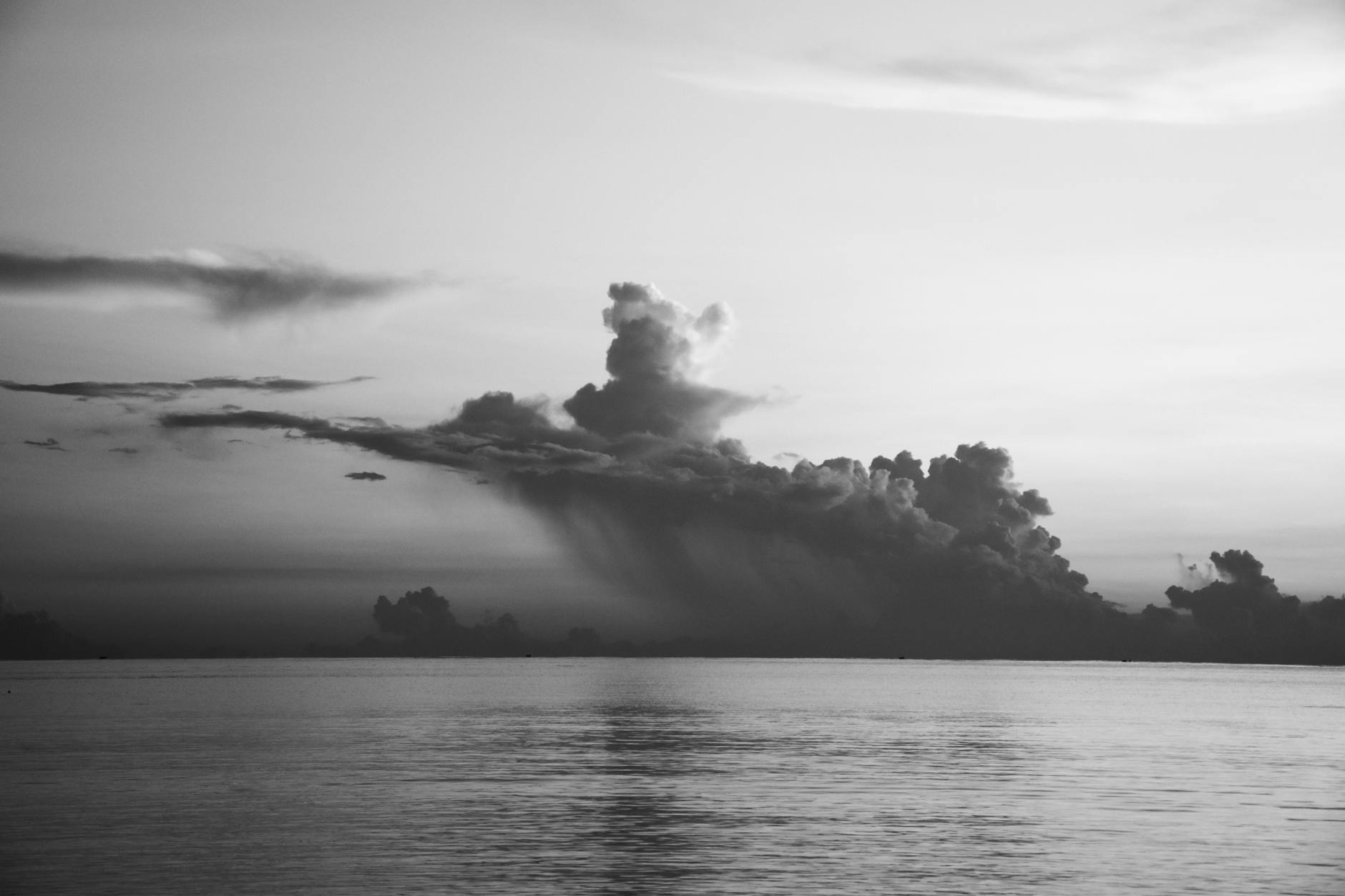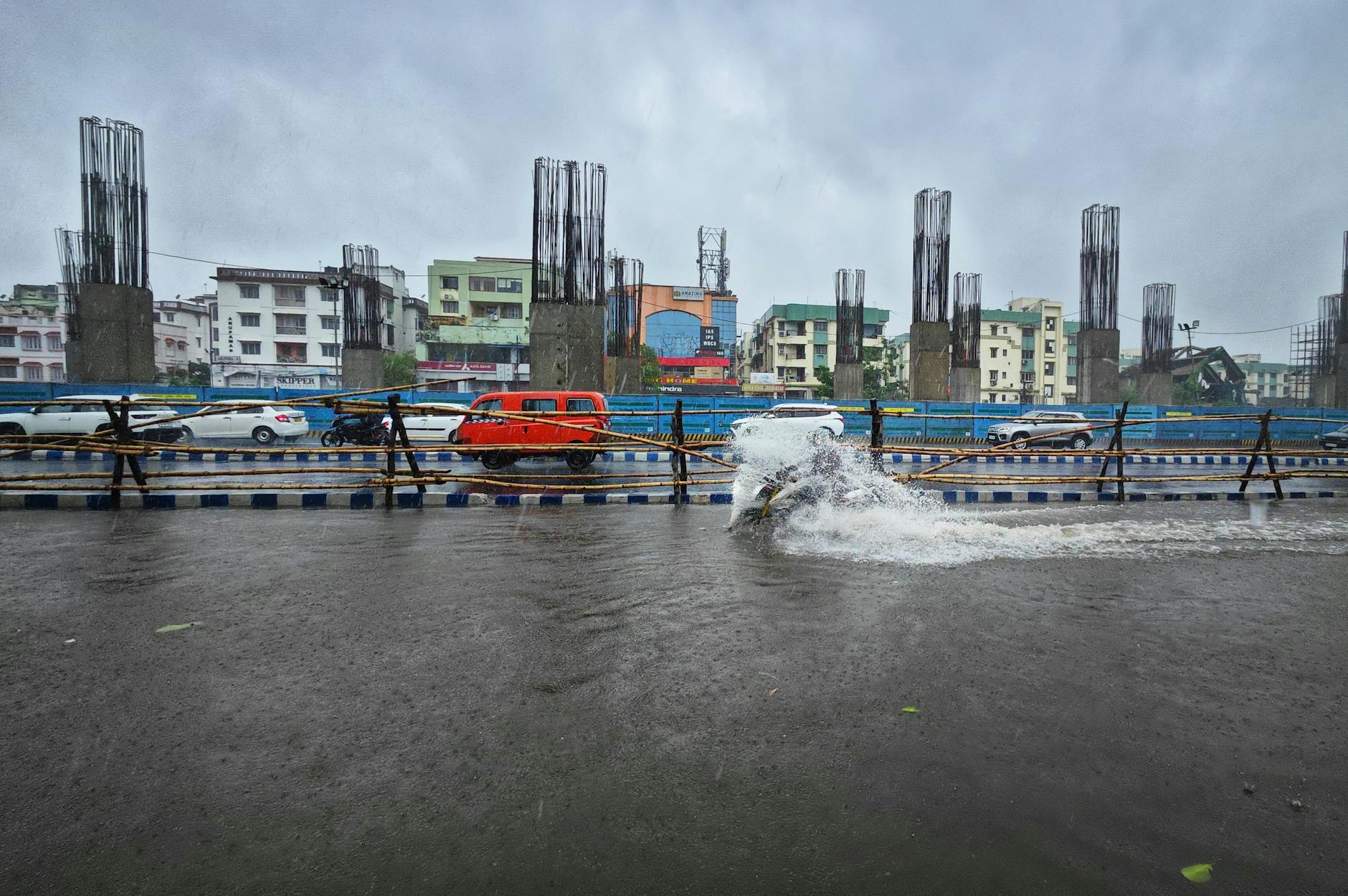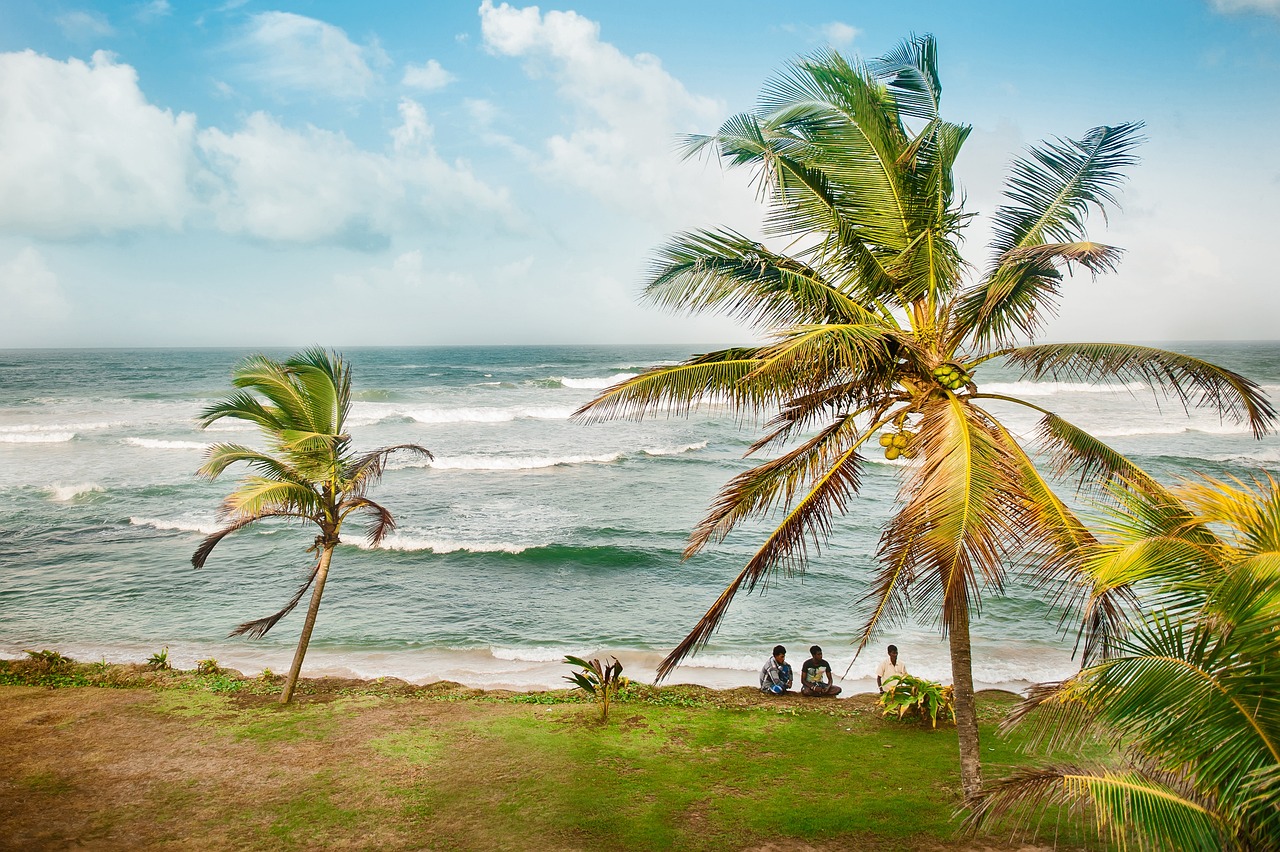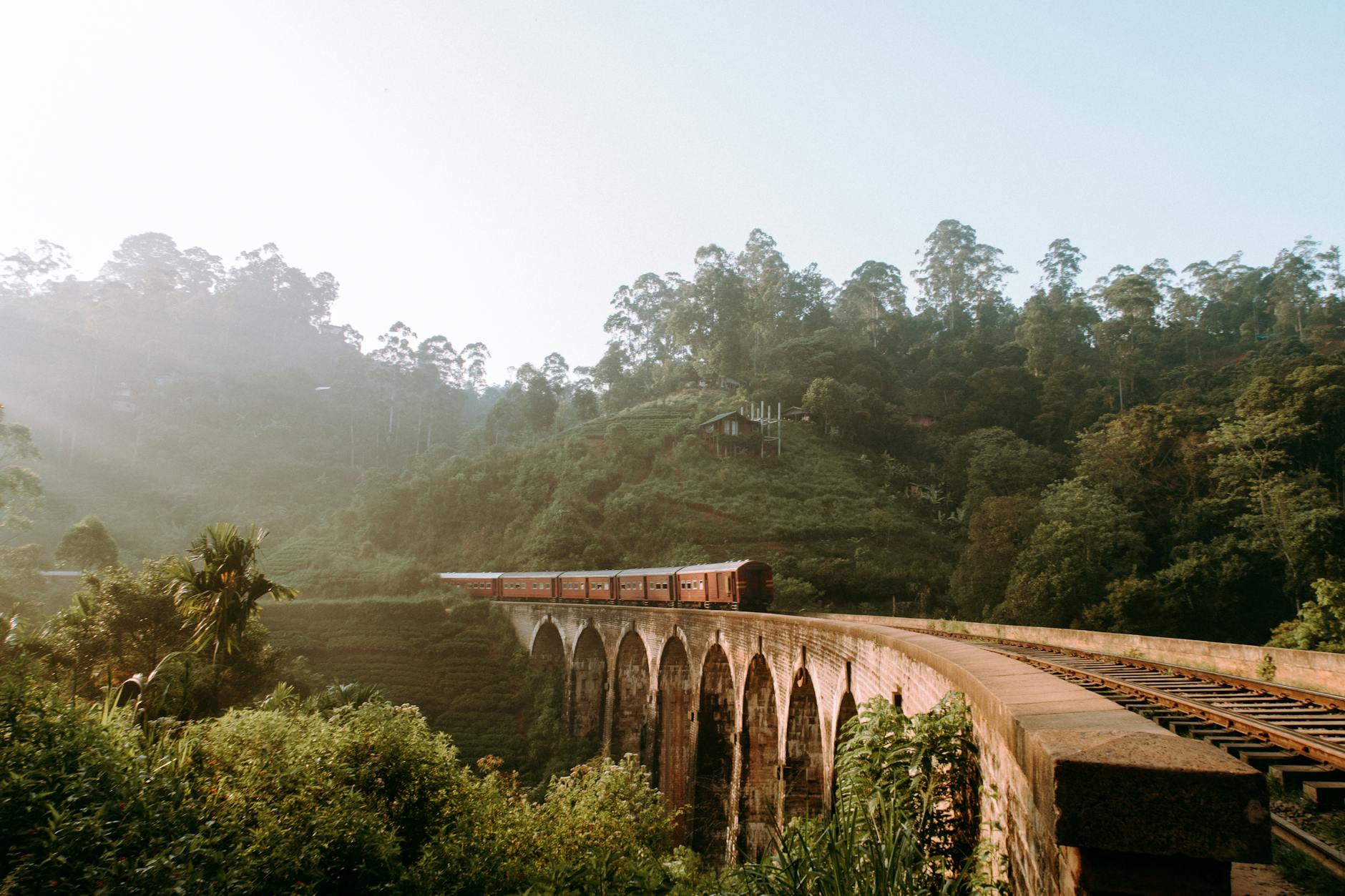🌴 Dreaming of pristine beaches, lush tea plantations, and ancient temples? Sri Lanka, the pearl of the Indian Ocean, beckons! But when is the perfect time to visit this tropical paradise? The answer might surprise you.
Timing your trip to Sri Lanka can make or break your experience. Choose the wrong season, and you might find yourself caught in monsoon rains or struggling with crowded tourist hotspots. But pick the right moment, and you’ll unlock a world of unforgettable adventures, from spotting elusive leopards in national parks to surfing world-class waves.
In this guide, we’ll unveil the secrets of Sri Lanka’s diverse climate zones and help you navigate the peak, shoulder, and monsoon seasons. Whether you’re a wildlife enthusiast or a culture vulture, we’ll show you how to make the most of your visit. Ready to discover the best time to experience the wonders of Sri Lanka? Let’s dive in!

Understanding Sri Lanka’s Climate Zones
Sri Lanka’s diverse climate zones offer unique experiences throughout the year. Let’s explore each zone and the best times to visit them.
A. Tropical Coast: When to Enjoy Sun and Sea
The tropical coast of Sri Lanka is perfect for beach lovers and water sports enthusiasts. Here’s when to plan your coastal getaway:
- Best months: December to April
- Ideal activities: Surfing, snorkeling, whale watching
- Average temperatures: 27°C to 30°C (80°F to 86°F)
| Region | Peak Season | Water Temperature |
|---|---|---|
| West Coast | December – March | 27°C – 29°C |
| East Coast | April – September | 26°C – 28°C |
B. Dry Zone: Optimal Period for Wildlife Safaris
The dry zone is home to Sri Lanka’s iconic national parks. Plan your wildlife adventure during these months:
- Prime time: May to September
- Key attractions: Yala, Wilpattu National Parks
- Wildlife sightings: Elephants, leopards, sloth bears
C. Hill Country: Ideal Times for Tea Plantations and Hiking
Experience the lush green hills and cool climate of Sri Lanka’s central region:
- Best season: January to March
- Must-visit places: Nuwara Eliya, Ella, Horton Plains
- Activities: Tea plantation tours, hiking, train journeys
D. Cultural Triangle: Best Months for Exploration
Discover ancient cities and UNESCO World Heritage sites in the Cultural Triangle:
- Optimal period: June to September
- Key sites: Sigiriya, Anuradhapura, Polonnaruwa
- Tips: Early morning visits to avoid midday heat
Now that you understand Sri Lanka’s climate zones, let’s delve into the specifics of the peak season from December to March.

Peak Season: December to March
The peak season in Sri Lanka, spanning from December to March, offers visitors an array of experiences amidst ideal weather conditions. However, this popular time also comes with its own set of considerations.
Advance Booking Essentials
Planning ahead is crucial during the peak season. To ensure you secure your preferred accommodations and activities, consider the following:
- Book flights and hotels at least 3-4 months in advance
- Reserve popular tours and excursions early
- Consider package deals for potential savings
Higher Prices and Crowded Attractions
With increased demand comes higher costs and larger crowds. Be prepared for:
| Aspect | Peak Season Impact |
|---|---|
| Hotel Rates | 30-50% higher than off-season |
| Flight Prices | Up to 25% more expensive |
| Popular Sites | Longer wait times and queues |
Festive Atmosphere and Cultural Celebrations
The peak season coincides with several cultural events, offering a vibrant experience:
- Christmas and New Year celebrations
- Thai Pongal (mid-January)
- Navam Perahera in Colombo (February)
Perfect Weather for Beach Holidays
December to March provides ideal conditions for coastal activities:
- Clear skies and minimal rainfall
- Calm seas perfect for swimming and water sports
- Average temperatures of 27-30°C (80-86°F)
With this understanding of the peak season, let’s explore the advantages of visiting during the shoulder season, which offers a balance between good weather and fewer crowds.

Shoulder Season: April to June
As the peak season winds down, Sri Lanka enters its shoulder season from April to June, offering a unique blend of experiences for travelers. This period presents an excellent opportunity to explore the island with fewer crowds and more affordable prices.
Vesak Poya Festival Experience
One of the highlights of visiting Sri Lanka during the shoulder season is the chance to witness the Vesak Poya Festival. This vibrant Buddhist celebration, usually falling in May, transforms the island into a spectacular display of lights, lanterns, and spiritual devotion. Visitors can immerse themselves in the local culture, observing beautiful rituals and enjoying free food at roadside stalls called “dansal.”
Budget-Friendly Travel Options
The shoulder season is ideal for budget-conscious travelers. With fewer tourists, accommodations and tour operators often offer significant discounts:
| Accommodation Type | Peak Season Price | Shoulder Season Price | Savings |
|---|---|---|---|
| Luxury Resorts | $200-$500/night | $150-$350/night | 25-30% |
| Mid-range Hotels | $80-$150/night | $60-$120/night | 20-25% |
| Budget Guesthouses | $30-$60/night | $20-$45/night | 25-33% |
Whale Watching Opportunities
April to June is an excellent time for whale watching, especially off the coast of Mirissa. Travelers can spot:
- Blue whales
- Sperm whales
- Fin whales
- Occasionally, killer whales
The calmer seas during this period make for smoother sailing and better sighting conditions.
Balancing Good Weather and Fewer Tourists
While the weather can be a bit unpredictable with occasional showers, especially in May, the shoulder season still offers plenty of sunny days. The slightly cooler temperatures make it more comfortable for exploring ancient ruins, tea plantations, and bustling markets without the intense heat of peak season.
With the perfect balance of good weather and smaller crowds, the shoulder season allows for a more authentic and relaxed Sri Lankan experience. As we move forward, let’s explore how the monsoon season affects travel plans and what unique experiences it can offer.

Monsoon Season: May to September
As we shift our focus to the monsoon season in Sri Lanka, you’ll discover that this period offers unique experiences and advantages for the adventurous traveler. From May to September, the island nation experiences its southwestern monsoon, bringing rain to much of the country. However, this doesn’t mean your trip will be a washout. In fact, the monsoon season can be an excellent time to visit Sri Lanka for several reasons.
Enjoying Sri Lanka on a Budget
During the monsoon season, Sri Lanka becomes a budget traveler’s paradise. With fewer tourists around, you can find great deals on accommodations and activities. Here’s a comparison of average prices during peak and monsoon seasons:
| Expense | Peak Season | Monsoon Season |
|---|---|---|
| Hotel Rates | $100-150/night | $50-80/night |
| Tours | $50-80/person | $30-50/person |
| Transportation | $30-50/day | $20-35/day |
Surfing Hotspots on the East Coast
While the southwest experiences rainfall, the east coast of Sri Lanka enjoys relatively dry weather, making it perfect for surfing enthusiasts. Some top surfing spots include:
- Arugam Bay
- Pasikudah
- Trincomalee
Ayurveda and Wellness Retreats
The monsoon season is considered ideal for Ayurvedic treatments in Sri Lanka. The cool, moist air is believed to make the body more receptive to therapies. Many wellness centers offer special packages during this time, allowing you to rejuvenate your mind and body.
Lush Landscapes and Waterfalls
The rainfall transforms Sri Lanka into a verdant paradise. This is the perfect time to explore:
- Tea plantations in the central highlands
- Rainforests teeming with wildlife
- Spectacular waterfalls at their fullest, such as Ravana Falls and Diyaluma Falls
With the monsoon season offering budget-friendly options, unique experiences, and breathtaking natural beauty, it’s an excellent time for those seeking a different side of Sri Lanka. Next, we’ll explore the best times for wildlife enthusiasts to visit this tropical island.

Wildlife Enthusiast’s Calendar
For nature lovers and wildlife enthusiasts, Sri Lanka offers a diverse array of experiences throughout the year. Knowing when to visit specific locations can greatly enhance your chances of witnessing remarkable animal gatherings and behaviors.
Whale Watching: Prime Times in Mirissa and Trincomalee
Sri Lanka is a prime destination for whale watching, with two main hotspots:
- Mirissa (South Coast): Best from November to April
- Trincomalee (East Coast): Optimal from May to October
This schedule allows year-round whale watching opportunities, with blue whales being the main attraction.
| Location | Best Season | Species |
|---|---|---|
| Mirissa | November – April | Blue whales, Sperm whales |
| Trincomalee | May – October | Blue whales, Sperm whales |
Minneriya National Park: Elephant Gathering Season
The famous “Gathering” of elephants in Minneriya National Park is a spectacle not to be missed:
- Peak season: August to September
- What to expect: Hundreds of elephants congregate around the Minneriya Tank
This natural phenomenon is considered one of the largest gatherings of Asian elephants in the world.
Yala National Park: Best Months for Leopard Sightings
Yala National Park boasts the highest density of leopards in the world:
- Prime viewing months: February to June
- Why these months?: Dry season makes wildlife easier to spot near water sources
While leopards can be seen year-round, the dry season offers the best visibility as animals congregate near water bodies.
With this wildlife calendar in mind, let’s explore how to plan your trip to Sri Lanka to make the most of these incredible natural spectacles.

Sri Lanka’s diverse climate zones offer unique experiences throughout the year, catering to different types of travelers. The peak season from December to March provides ideal weather conditions for beach activities and exploring cultural sites. However, the shoulder season from April to June offers a perfect balance of good weather and fewer crowds, making it an excellent time for budget-conscious travelers.
For wildlife enthusiasts, timing is crucial. The dry season, particularly from June to September, is ideal for safaris and whale watching. Regardless of when you choose to visit, Sri Lanka’s natural beauty, rich culture, and warm hospitality ensure a memorable experience. Plan your trip according to your interests and preferences to make the most of this tropical paradise.



0 Comment